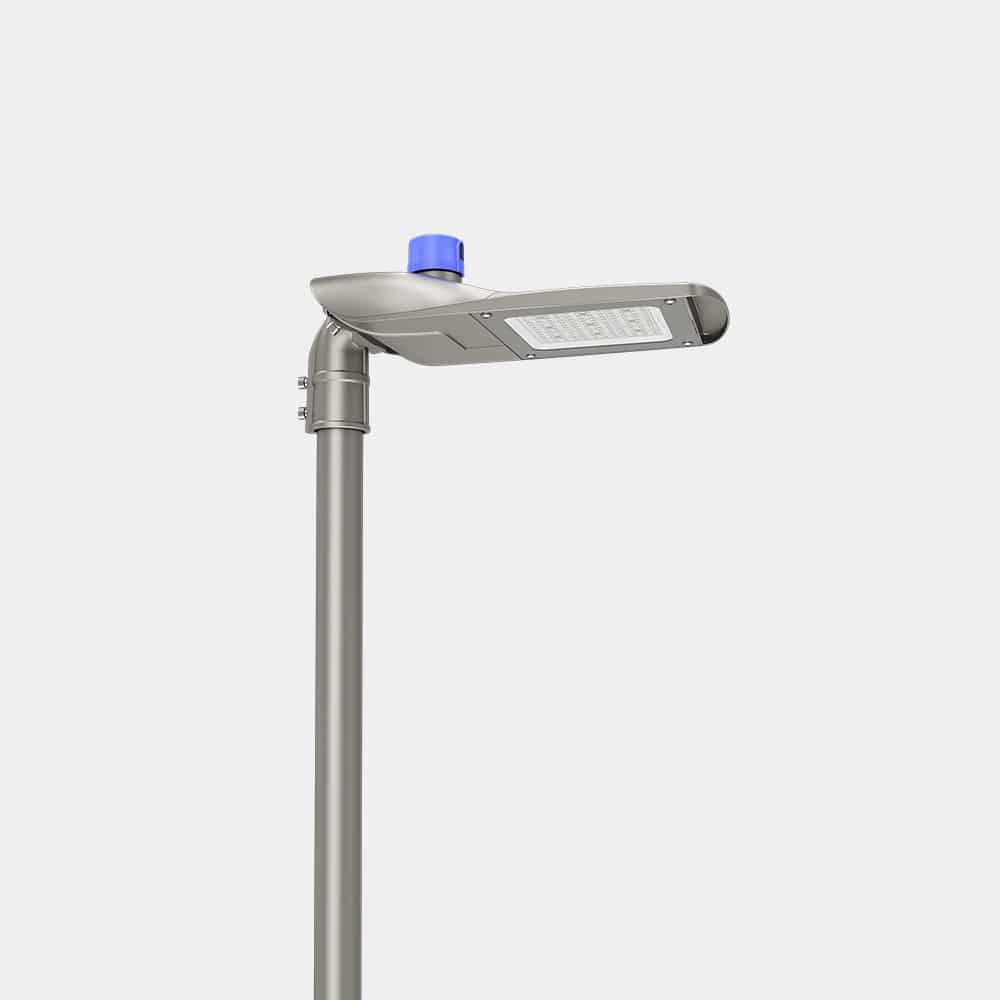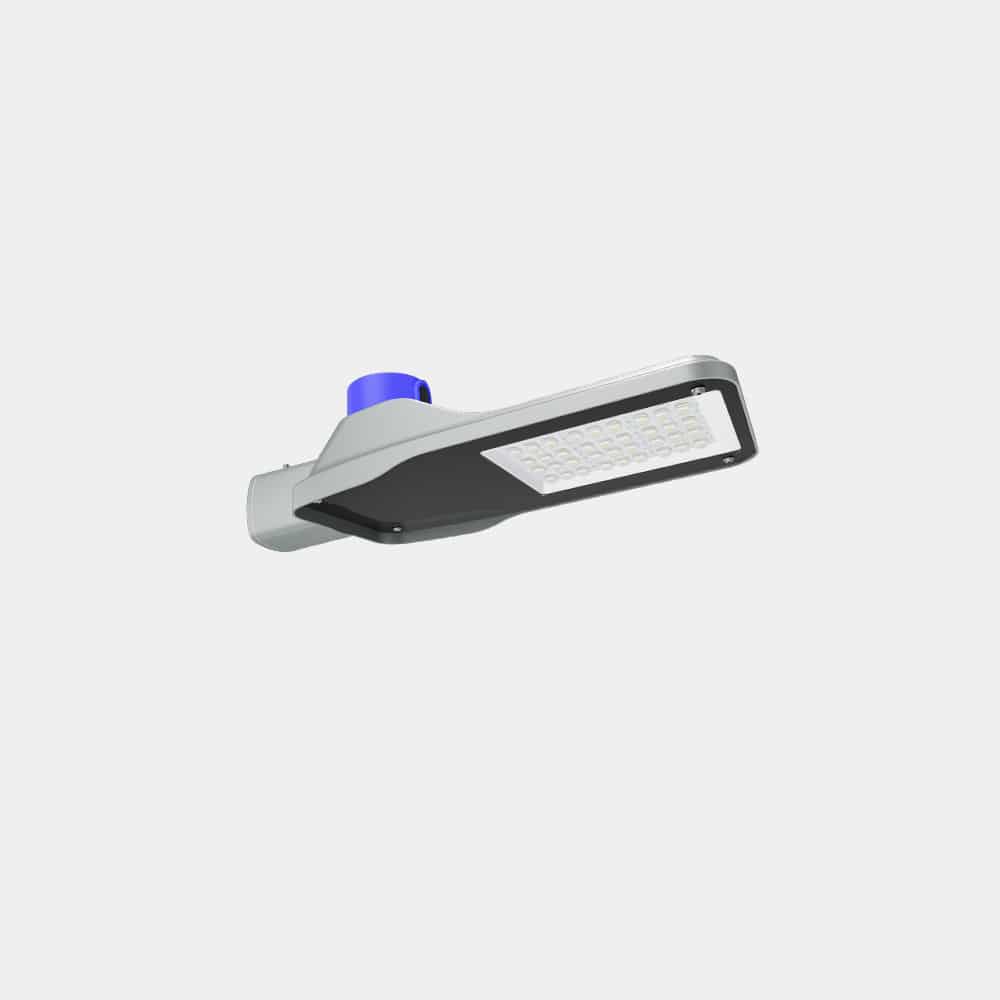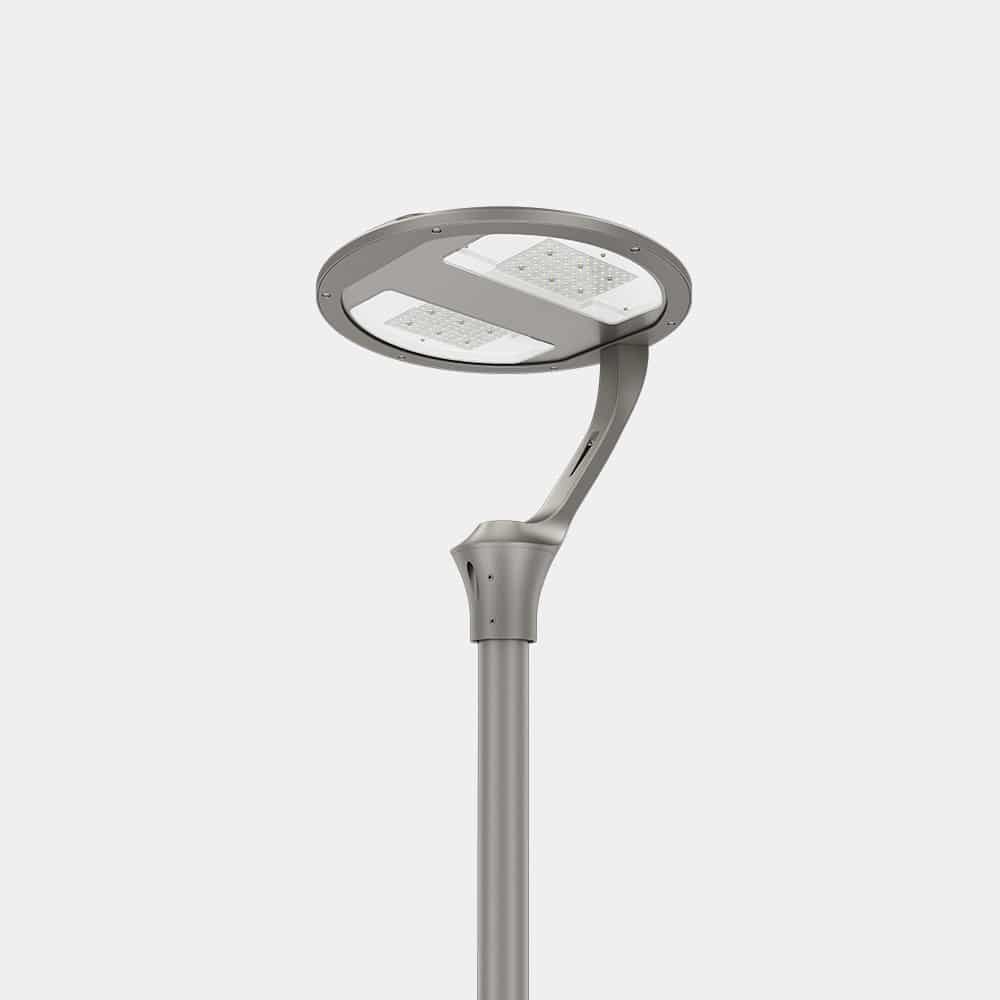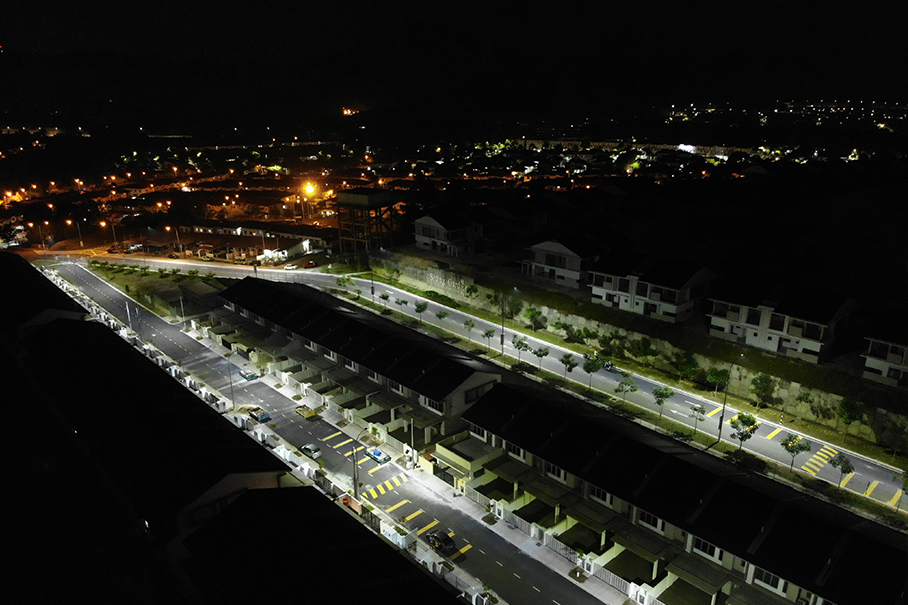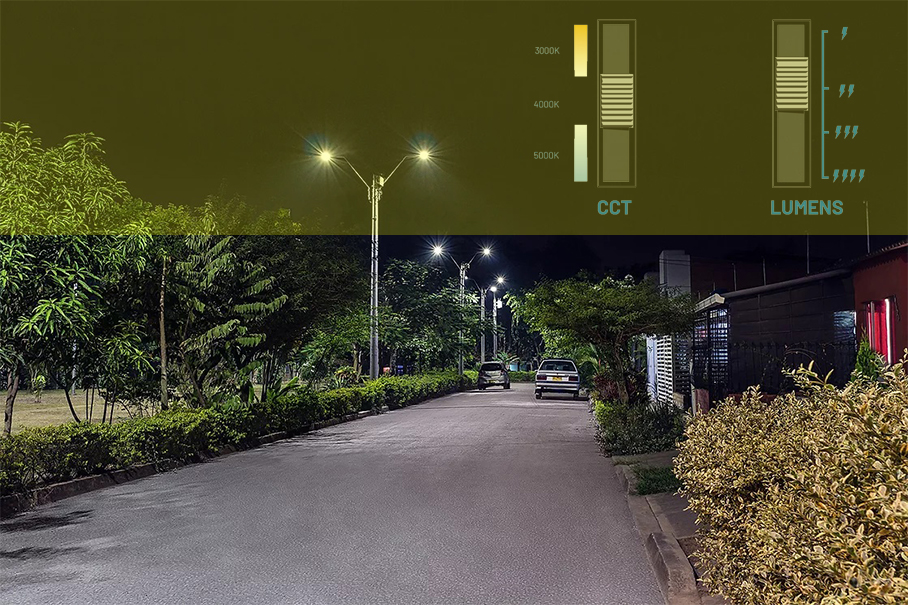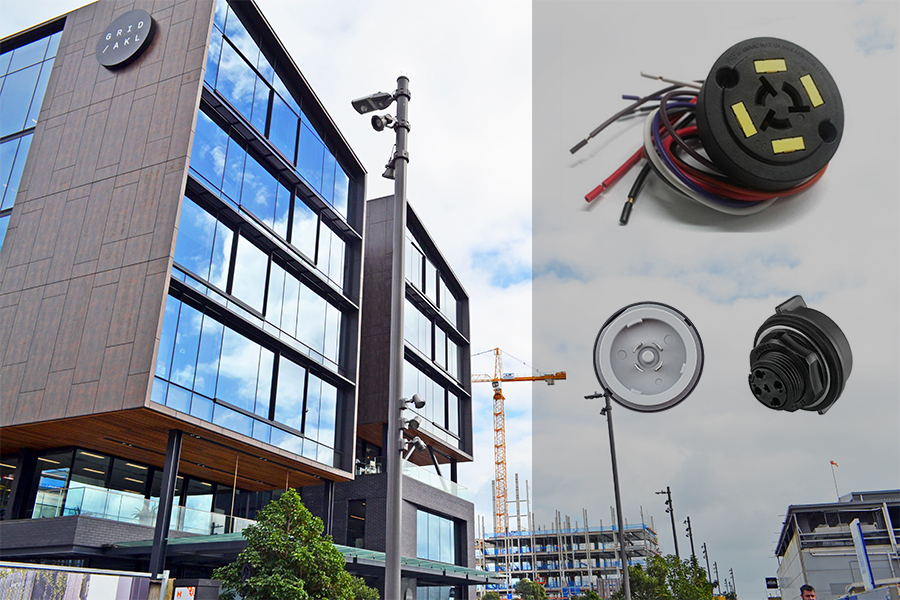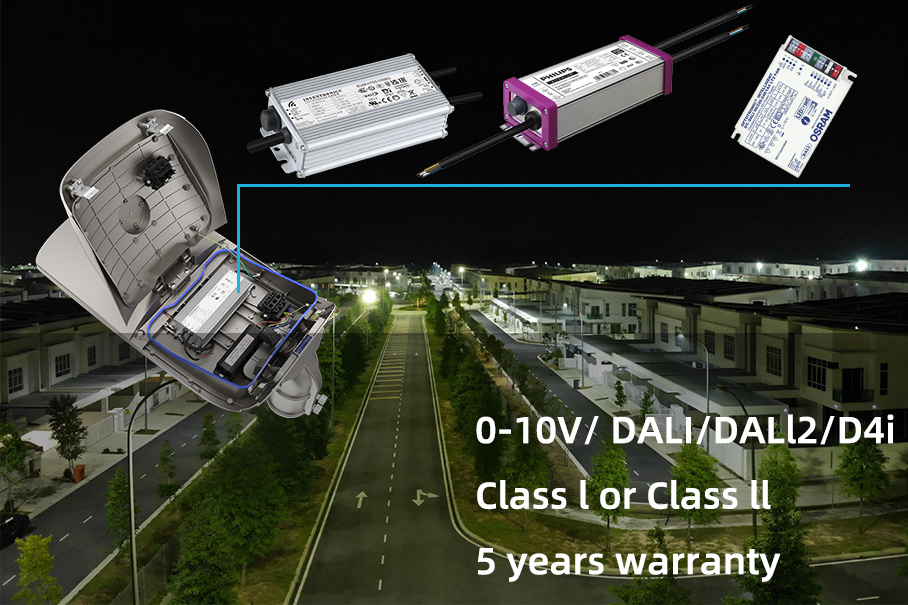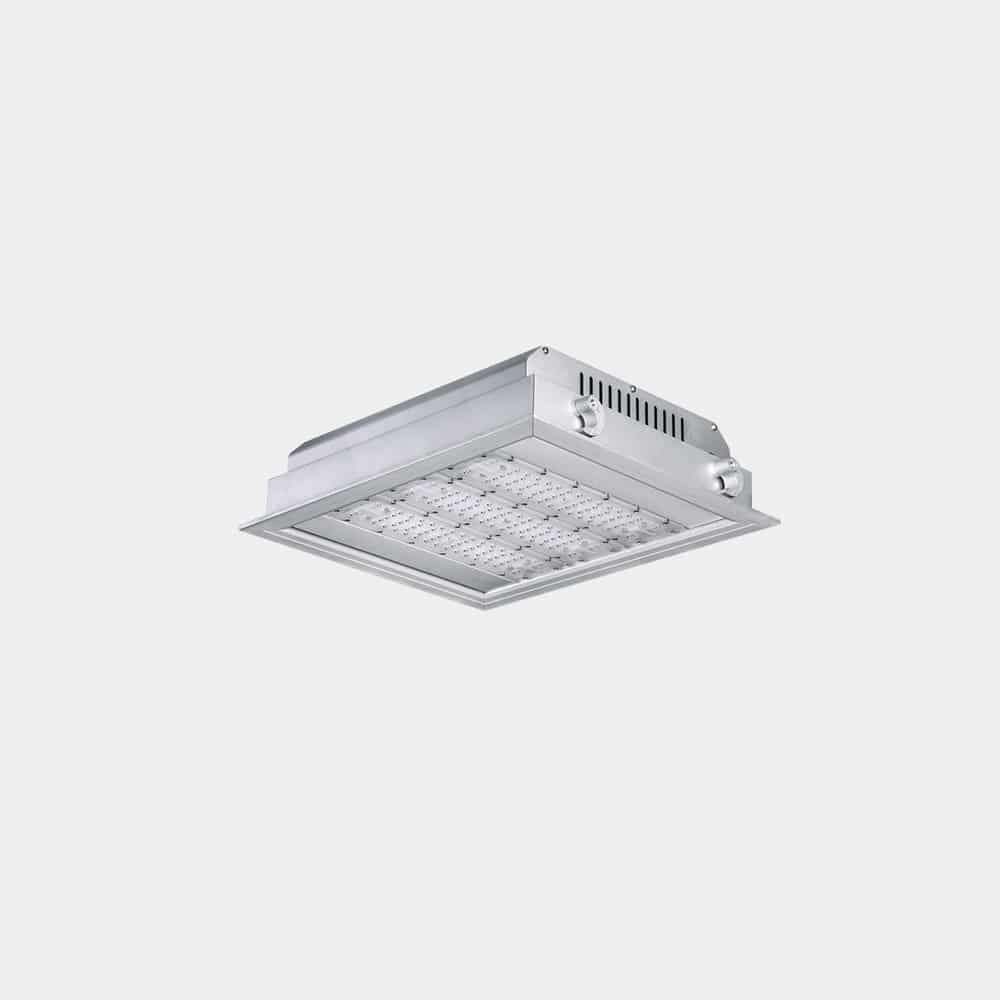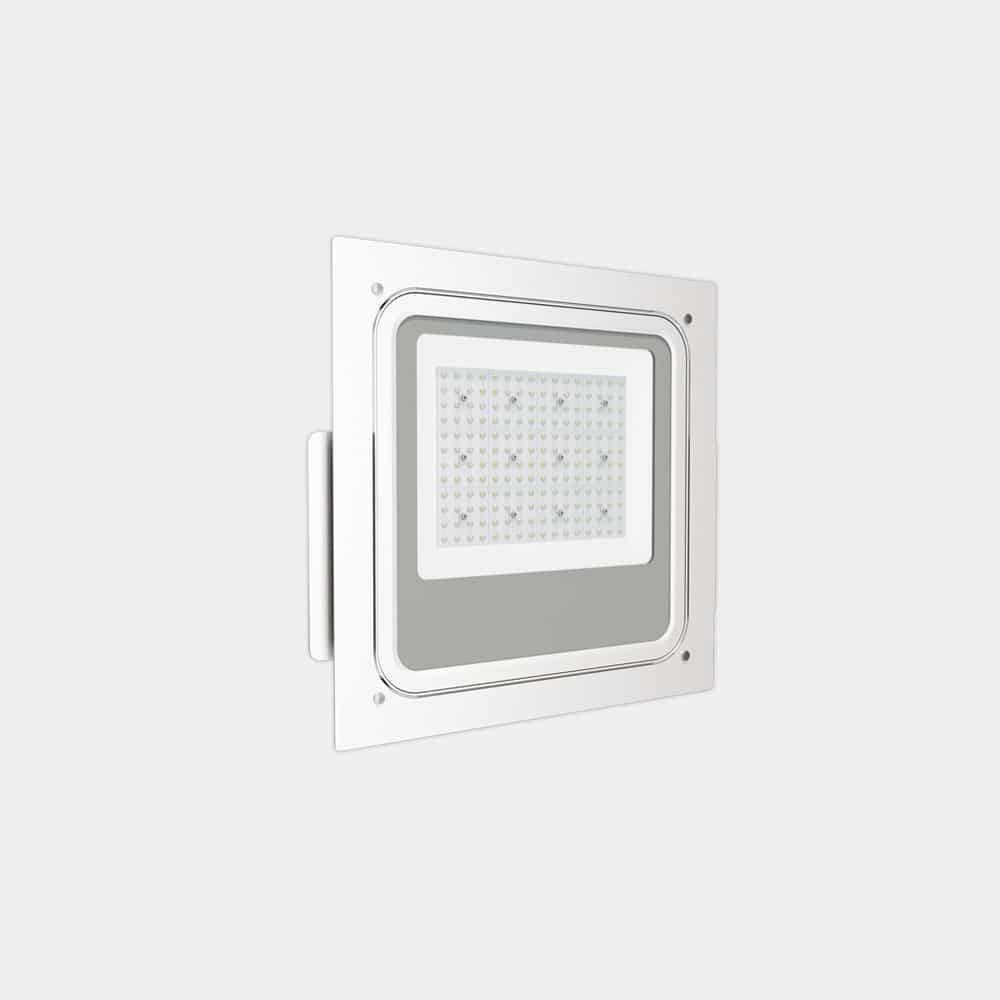Dimmable lighting fixtures – timer dimming(astrodim) in street lights
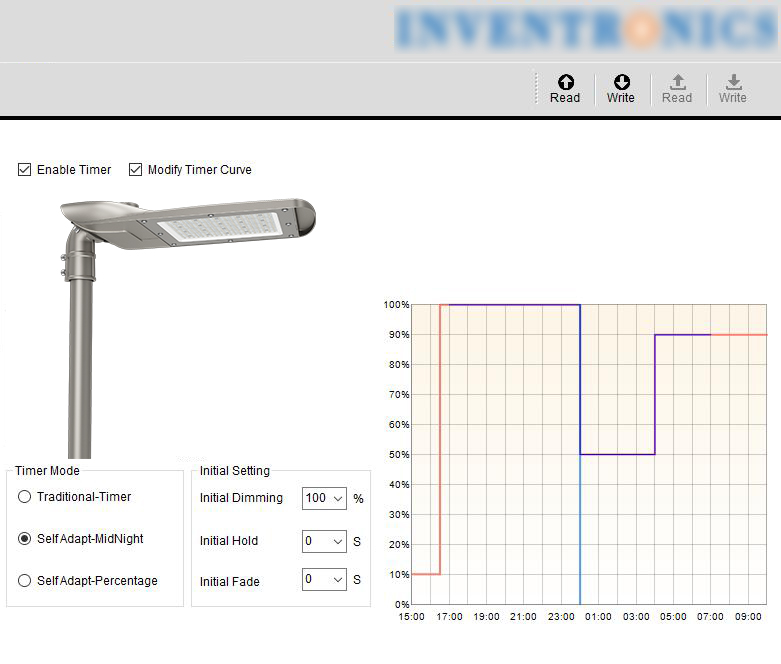
Taylor
Introduction
Street lights are an important part of urban lighting. They ensure that drivers and pedestrians can see the road clearly at night, recognize road signs and determine direction. So do the street lights in your city work at 100% brightness all night? What I can tell you is that most street lights do operate at full power at night, but some do not. The latter often use timer dimming (astrodim) to lower the power at specific times at night. Why is this? How do they work? What suppliers offer this solution – AstroDIM street light? This article will answer it for you.
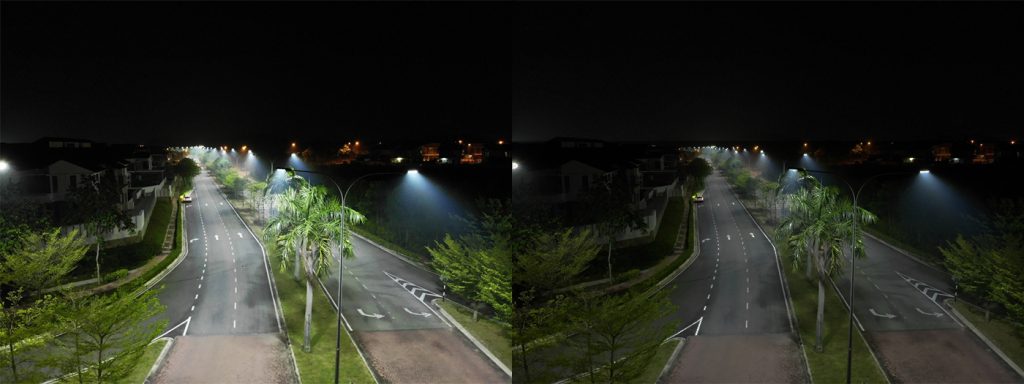
Why go with timer dimming(astrodim)?
Just like the problem mentioned before, few people see street lights operating at full power in the latter part of the night. Most citizens (including drivers and pedestrians) are sleeping during this time, and only a few people who need to work at night will be active on the road. If you are engaged in LED street light-related industries, you may know that according to the EN13201 standard, when the traffic volume decreases and the traffic situation becomes simpler, the lighting requirements are no longer so strict, that is, the illumination and uniformity of road lighting at this time can be reduce. In this case, the power of the street lights can also be appropriately reduced to reduce the brightness/illuminance/uniformity of the road. Therefore, we can infer the following application characteristics of timer dimming(astrodim) technology:
- Road lighting meets the requirements: In the case of reduced traffic and pedestrian flow in the middle of the night, road lighting can meet relevant requirements.
- Energy saving: By reducing the output power of lamps, energy consumption is effectively reduced.
- Create a green and smart city: Timing dimming not only saves energy, but also makes urban lighting more intelligent. Lamps are no longer required to operate at full power in the latter part of the night, which helps create green and smart cities.
- Extended lamp life: Because lamps do not have to operate at full capacity all night long, LED lights and power supplies can operate at lower temperatures, which helps extend the life of the lamp.
How to go with timer dimming(astrodim)?
Timer dimming(astrodim) refers to a lighting control technology that is used to adjust the brightness of lamps according to a predetermined schedule or time, so that the lighting intensity of the lamp meets the requirements of a specific time period. This technology is often used in outdoor lighting such as road lighting, parking lot lighting, billboard lighting, etc., by reducing the output or intensity of light during a specific period of time to reduce illumination, save energy, and avoid nighttime light pollution. Therefore, it has a wide range of applications, and there are many ways to achieve timer dimming(astrodim). Here are a few ways.
Power supply: The lamp’s reduced output during a specific period of time is mainly achieved by reducing the output of the power supply. The power supply needs to have two features to achieve this, namely a built-in clock and a dimming function. Through the cooperation of the two, the power supply can adjust the output current of the power supply at a specific time point to adjust the wattage of the lamp, by which you can finally get AstroDIM street light.
Intelligent control: Street lights equipped with intelligent control systems such as Zigbee and Lora can also achieve scheduled dimming. To realize this function, the street lamp is equipped with a dimming power supply. When the user sends a dimming instruction, the instruction is sent through the centralized controller to the single lamp controller installed on the street lamp. The single lamp controller then converts the instruction into 0-10V dimming signal, and finally adjust the output of the lamp power supply to achieve scheduled dimming.
Light control(Photocell): The general function of light control is to turn on the lamp when it is dark and turn off the lamp when it is dawn. This function is achieved by closing or cutting off the circuit. In some special cases, the light control will also have a built-in timed dimming program, which can give different dimming signals to the power supply at a specific time to adjust the output of the lamp. If your street light is equipped with a 0-10v/Dali dimmable power supply and is also equipped with a NEMA base, but the power supply does not have the function of scheduled dimming, then this light control can help you achieve scheduled dimming.
Now let’s summarize the differences between the three timer dimming functions. The former is the most widely used, and most power supplies are currently equipped with this function. Intelligent control has the highest cost, but it is the most flexible, because you can adjust it at any time. Change the configuration, but the former cannot. Light-controlled scheduled dimming is more of an alternative, because its application situation is relatively special, and the cost is higher than the first case. In the next section, we focus on the scheduled dimming that comes with the power supply and which power supplies can achieve this function.
Different timer dimming(astrodim) of LED driver
ZGSM has learned about relevant power supply suppliers, including Osram, Philips, Tridonic, Inventronics, Meanwell, Moso, Done, Sosen, etc. Most manufacturers have timer dimming(astrodim) functions. Below we select three typical companies for introduction.
Timer dimming of Meanwell
MEAN WELL has a detailed description of the timing dimming function of its products. Take Meanwell’s ELG series as an example. This series can customize dimming curves according to customer requirements, and also allows customers to set their own dimming curves. A typical dimming curve is as follows: 100% for the first 6 hours after the lamp is turned on, 70% for the next 1 hour, 50% for the next 4 hours, and 70% for the last 3 hours. Assuming that the lamp is turned on at 5 pm, the lamp will work according to the following curve.
- The power supply will switch to 100% starting from 5:00pm.
- The power supply will switch to 70% in turn, starting from 23:00am, which is 6 hours after the power supply turns on.
- The power supply will switch to 50% in turn, starting from 0:00am, which is 7 hours after the power supply turns on.
- The power supply will switch to 70% in turn, starting from 4:00am, which is 11 hours after the power supply turns on.
- The constant current level remains till 7:00am, which is 14 hours after the power supply turns on.

PS: Unfortunately, Meanwell’s latest XLG power supply does not have a scheduled dimming function. While powerful, the ELG series has a relatively high price and long lead times, so it may not be an ideal choice.
Dynadimmer of Philips / Astrodim of Osram
Both Philips and Osram’s LED drivers have a timer dimming function. Philips calls it Dynadimmer, while Osram calls it Astrodim. These features allow the brightness of the fixture to be adjusted at specific times of the night. Their dimming curves can be set to 5 time periods (T1 to T5), and different dimming levels and gradient times can be set for each time period.
However, it should be noted that they do not have a built-in clock function. So how do they tell time? Both Dynadimmer and Astrodim make time calculations using the midnight point, which is the midpoint between the fixture turning on and off. Depending on the different geographical locations of the selected country or city, we can assign a specific midnight time to these places (usually 24:00, 0:30 or 1:00 in some areas). They require two consecutive nights to check duration consistency (<15 minutes) and then make adjustments to the dimming curve on the third night.
Assume the previous run time was 8 hours:
The next time it is powered on, the power supply will think that the current time is 24 – (8/2) = 20:00, and the power-off time is 12/2 = 04:00.
But if the running time tonight is 10 hours (the actual change span is usually not so large, this is just an example for analysis):
Then the next time the power is turned on, the power supply will think that the current time is (24-6/2) = 21:00, and the power outage will be at 6/2 = 03:00, and the dimming operation will follow the set dimming curve time Table proceeds. Note: If the actual lighting time is different from the scheduled time, for example, the actual lighting time is 20:30, the lamp will operate at full power from 20:30 to 23:30, and at reduced power from 23:30 to 02:30. This may differ from the time requirement for dimming operation at 24:00.

Timer dimming of Inventronics
Inventronics was founded in 2007 and focuses on the research, development, production and sales of high-efficiency and energy-saving LED power supplies. The LED power supply it produces has the function of timing dimming. In addition to solutions similar to Meanwell, Inventronics also offers solutions for Self Adapting-Midnight and Self Adapting-Percentage.
The function of Self Adapting-Midnight is very close to the timer dimming of Osram or Philips. For example, assume that the light fixture is 100% for the first 6 hours after it is turned on, 70% for the next 1 hour, 50% for the next 4 hours, and 70% for the last 3 hours. If the lamp is turned on at 5:00pm, the lamp will operate according to the Meanwell dimming curve. But if it starts to get dark at 6 o’clock in the summer, how will the dimming curve of the AstroDIM street light behave? By comparing the figure below, we can see that Self Adapting-Midnight’s lamps will work according to the curve of 100% for the first 5 hours, 70% for the next 1 hour, 50% for the next 4 hours, and 70% for the last 2 hours. But there will be some errors. By this, we can ensures that the running time of the two time periods before and after midnight remains unchanged, while the first and fourth time periods are each reduced by 1 hour to ensure that the total running time becomes 12 hours in summer.

Self Adapting-Percentage also has a similar function, except that it reduces each of the 4 time periods to 86% of the original (i.e. 12/14, winter to summer change) to run the dimming curve, while Unlike the former, the operation is reduced by 1 hour in each of the two time periods.
ZGSM street lightings with timer dimming(astrodim)
All ZGSM street lights can be configured with timer dimming(astrodim) function. ZGSM strongly recommends customers to choose this option to save energy and extend the life of the lamp. If you need this function, please contact ZGSM and we will recommend a suitable dimming solution for you. The following are ZGSM’s AstroDIM street light products. If you are interested, please refer to them. Btw, for the solar street lights, they can also be with timer dimming for reducing the energy and battery consumption at night.
Summary
This article mainly introduces what timer dimming(astrodim) is, why timer dimming is used, how timing dimming can be achieved, the differences in timer dimming between different manufacturers, etc. Through study, we know that timer dimming can reduce the output of AstroDIM street lights or other lamps during a specific period of time to avoid unnecessary or excessive lighting. There are many ways to implement it. In addition to intelligent control and special light control, we can achieve it through the built-in timing dimming function of the power supply. Different power supply manufacturers currently have this function. In addition to Osram, Philips, Inventronics, and Meanwell, some other domestic manufacturers such as Done, SRNE, Moso, etc. have similar functions. Due to its advantages in saving energy, avoiding light pollution and intelligent urban lighting, we highly recommend its use in road, parking lot, park and billboard lighting. Contact us for information and product information.
FAQ
Related Posts
Guide for canopy light with battery backup
Tags:
Author

Taylor
Sales Engineer
I am Taylor, with 10 years of experience in lighting sales. Throughout my career, I have developed a deep understanding of the lighting industry and its products. My expertise lies in building strong relationships with clients, understanding their needs, and providing tailored lighting solutions that align with their requirements.
